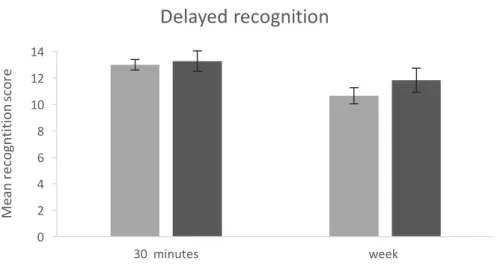Accelerated long term forgetting in resected and seizure free temporal lobe epilepsy patients
Texto completo
Figure




Documento similar
Recent reports of long-term outcomes for radial shortening osteotomy in osteonecrosis early stage patients and for proximal row carpectomy (PRC) in advanced Kienböck’s disease
Patients with true LFLG AS also had a significantly higher long-term mortality than those with paradoxical LFLG AS (27 vs. CONCLUSIONS: AVR in patients with LFLG AS is associated
In conclusion, we have demonstrated that autophagic flux is impaired in livers from both patients and murine models of NAFLD, as well as in long-term PA-loaded human Figure 7 Efect
Conclusions: This study shows that growth retardation and rickets were the most prevalent clinical manifestations at diagnosis in a large series of Spanish pediatric patients with
We searched for DNA variants in these miRNA genes in PD-patients, and compared the genotype frequencies between patients and healthy controls... Patients
of the patients were being treated with long-acting injectable antipsychotics; 12.2% of the patients received anticholinergic drugs, 12.2% antidepressants, and 13.7% mood
The study showed that patients were satisfied with the received treatment, even when they were in pain, and that patient dissatisfaction was related to the pain intensity
In summary, the results of this systematic review showed that the prevalence of oral mucosal lesions in SS patients is higher than in non-SS patients.. Angular cheilitis,

